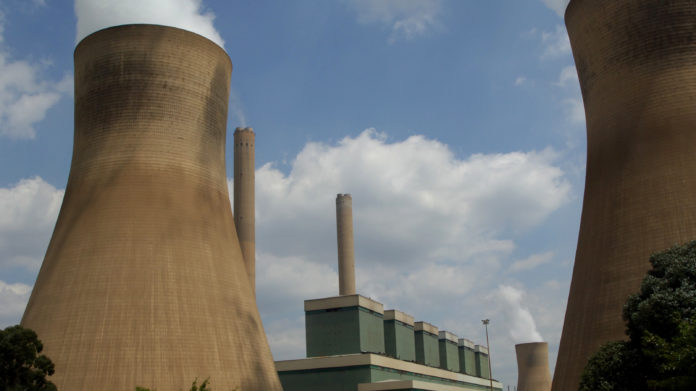
POLICY missteps and delays were the root cause of South Africa’s power crisis, said BusinessLive citing comments in Parliament on Tuesday by André de Ruyter, the outgoing CEO of Eskom.
Referring to the government’s refusal to add capacity to the national grid when it was recommended in a 1998 White Paper, De Ruyter said: “In its wisdom, government at the time disagreed and said it had other priorities and that the money required to add new capacity should be allocated to other needs.
“We then had no option but to create virtual capacity — by deferring maintenance, postponing midlife refurbishments and by running our plants harder than the international norm would indicate”.
Just over a decade later, the government decided to ignore the need for maintenance of Eskom’s coal fleet owing to the risk of outages as the Fifa World Cup.
“So a political decision was made, and it was executed, but deferring maintenance is like borrowing from the future. You take a loan, and eventually when the maintenance falls due, the interest rate that you pay is extortionate,” said De Ruyter.
He added: “It’s like deferring the servicing of your car. Instead of regularly servicing it, you run it until it breaks, and then the cost of repairing that car is significantly higher than the accumulated cost of services that you would have paid.
“So this is the situation we are in today; we are paying for the sins of the past”.
De Ruyter said South Africa’s loadshedding could ease by March, according to a report by News24. “We anticipate that we will be able to return 1,862MW to the grid by the end of March this year,” he was quoted as telling Parliament’s Standing Committee on Public Accounts (Scopa). “That is more or less equivalent to two stages of load shedding”.
Said De Ruyter: “We furthermore intend to add 6,000MW over the next 24 months. [But for this], we need the skill, we need the money and we need the time. The time will be afforded to Eskom by adding additional capacity to the grid”.









